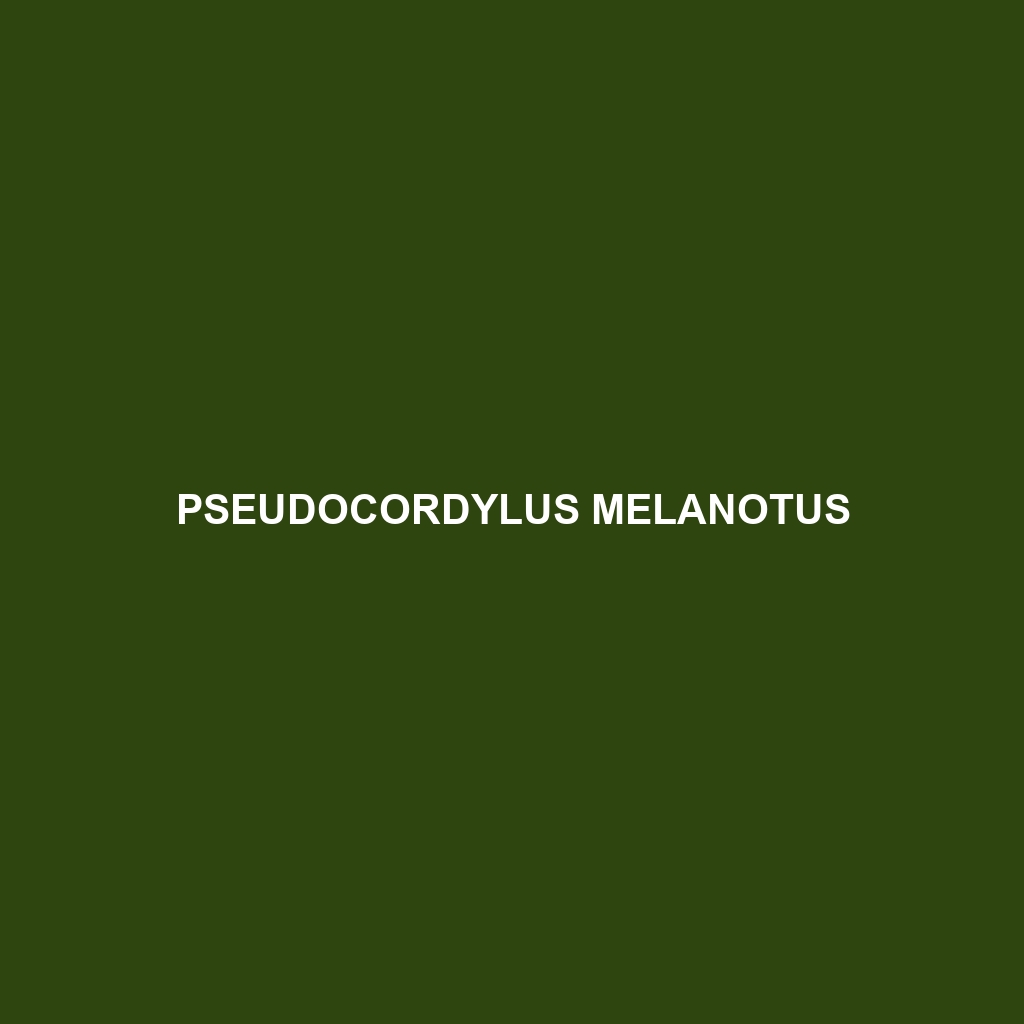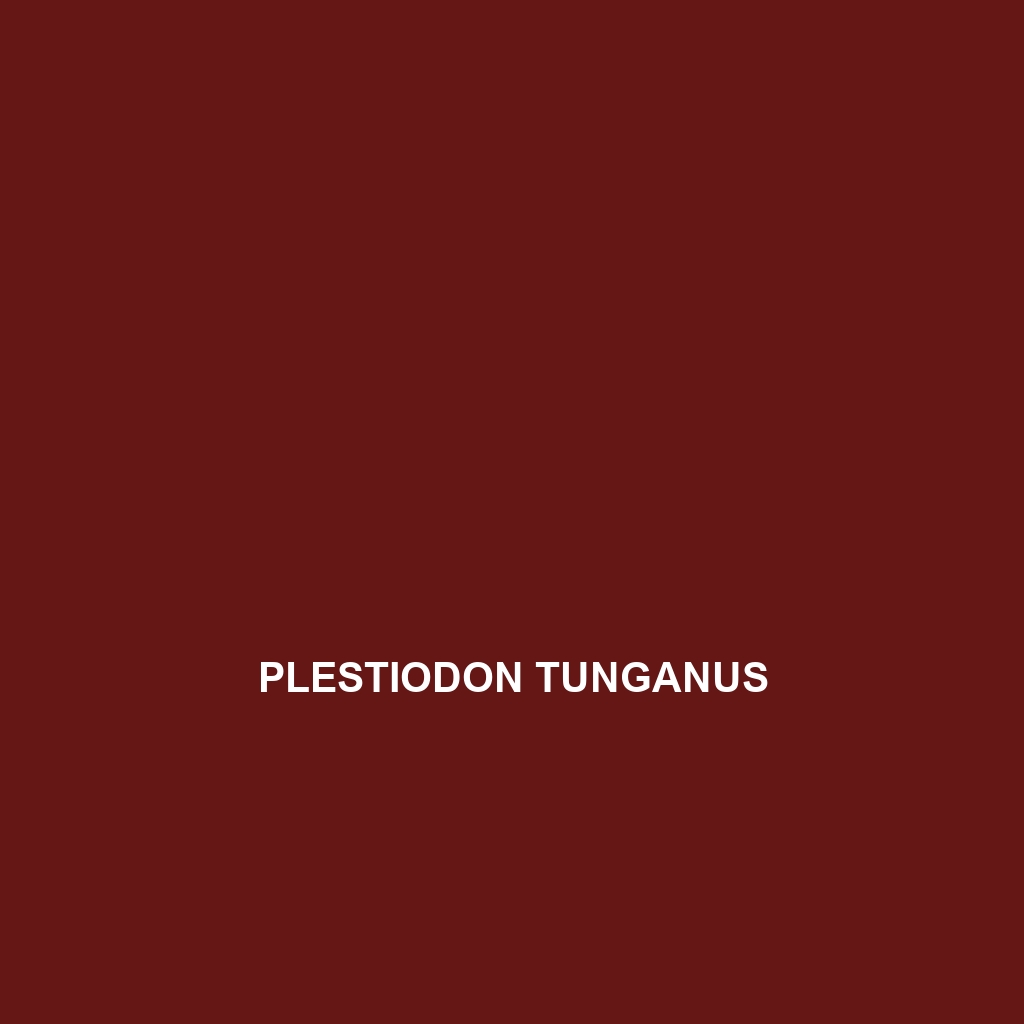<p><b>Pseudocordylus melanotus</b>, commonly known as the black girdled lizard, is a robust insectivore found in southern Africa's diverse habitats, featuring distinctive dark skin with bright patterns. This diurnal lizard showcases fascinating behaviors, including territorial displays during breeding, and plays a vital role in its ecosystem by controlling insect populations and serving as prey for larger predators.</p> </div>
Tag: thermal regulation
Pseudocordylus melanotus
<p><b>Pseudocordylus melanotus</b>, commonly known as the black girdled lizard, is a robust insectivore found in southern Africa's diverse habitats, featuring distinctive dark skin with bright patterns. This diurnal lizard showcases fascinating behaviors, including territorial displays during breeding, and plays a vital role in its ecosystem by controlling insect populations and serving as prey for larger predators.</p> </div>
Plestiodon tunganus
<p><b>Plestiodon tunganus</b>, commonly known as the Tungan skink, is a small, agile lizard inhabiting warm, moist environments like temperate forests and savannas. Growing up to 25 cm, these insectivorous skinks exhibit distinctive dark brown or gray coloration with lighter stripes, playing a vital role in their ecosystem through pest control and serving as prey for various predators.</p>
Phymaturus maulense
<p><b>Phymaturus maulense</b>, commonly found in the montane regions of Argentina, is a robust, insectivorous lizard that thrives in rocky, semi-arid habitats. With a length of 20 to 25 cm and unique adaptations for temperature regulation and camouflage, this species plays a pivotal role in its ecosystem while facing vulnerabilities due to habitat destruction and climate change.</p>
Mesalina martini
Mesalina martini, commonly known as Martini's Mesalina, is a desert-dwelling lizard native to North Africa and the Arabian Peninsula, characterized by its slender body, agile movement, and insectivorous diet. This species thrives in arid habitats, plays a vital role in controlling insect populations, and exhibits unique behavioral adaptations suited for survival in harsh, sandy environments.
Liolaemus silvanae
<b>Liolaemus silvanae</b> is a diurnal lizard native to the temperate forests and highland grasslands of the Andean region, characterized by its elongated body, vibrant green and brown coloration, and exceptional climbing abilities. This insectivorous species displays unique behaviors, including viviparous reproduction and camouflage adaptation, playing a vital role in maintaining ecological balance.
Liolaemus senguer
Liolaemus senguer, a medium-sized lizard found in the rocky habitats of Argentina's Patagonian steppe, is known for its distinct brown and gray coloration, agility in navigating boulder fields, and insectivorous diet. Active during the day, this species exhibits unique behaviors such as territorial displays and burrowing to escape heat or predators.
Liolaemus robertoi
Discover the vibrant Liolaemus robertoi, a captivating lizard from the temperate forests of central Chile and Argentina, known for its unique color-changing ability and intricate mating displays. These insectivores thrive in diverse habitats and play a crucial role in maintaining ecological balance by controlling insect populations and serving as prey for larger animals.
Liolaemus laurenti
Discover the Laurenti’s Lizard (Liolaemus laurenti), a medium-sized insectivorous lizard native to the temperate forests and shrublands of the Andes. With its distinctive coloration and unique dewlap, this viviparous species thrives in rocky terrains, showcasing remarkable adaptations for survival in high-altitude environments.
Darevskia saxicola
Darevskia saxicola, or rock lizard, a slender, colorful species native to the mountainous regions of the Caucasus, known for its impressive climbing skills and insectivorous diet. With its adaptations and territorial behavior, this near-threatened lizard plays a crucial role in maintaining ecological balance in its rocky habitat.









